helping to deliver secure software updates from code to the edge.
You have been redirected to the JFrog website
世界初のエージェント型
アーティファクトリポジトリ
AIネイティブな方法で、ソフトウェアパッケージの保存・共有・リリースを
開発ワークフローにシームレスに組み込む。
アーティファクト、ビルド、リリース管理
すべてのアーティファクトを
ひとつの場所に
アーティファクトレジストリで一元管理。
Docker
npm
Python
Maven
Gradle
Hugging Face
Go
NuGet
Helm
最初からシンプルに使える設計
GitHub リポジトリとシームレスに連携し、
アーティファクトをソースコードの自然な延長として扱えるようにします。
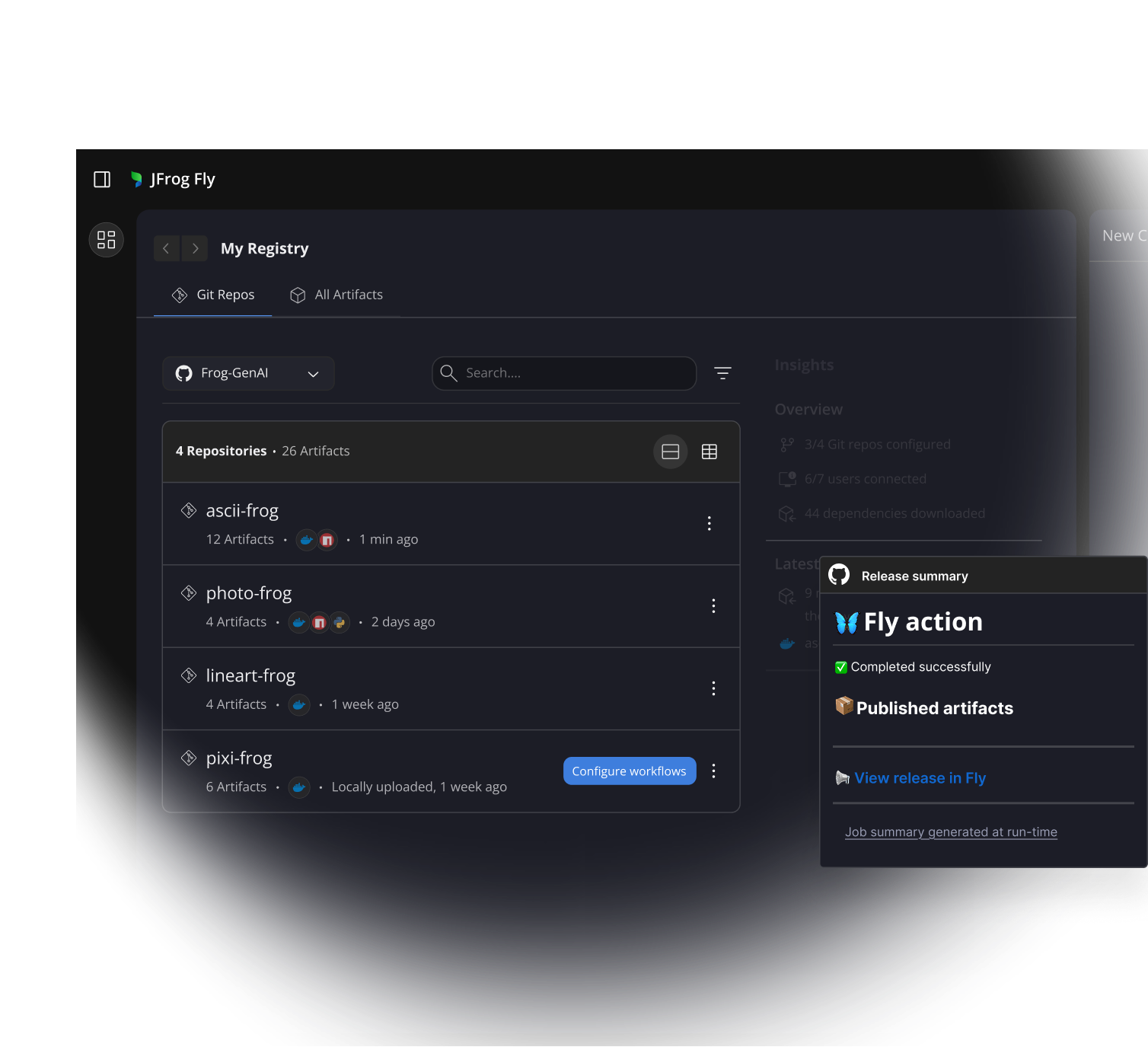
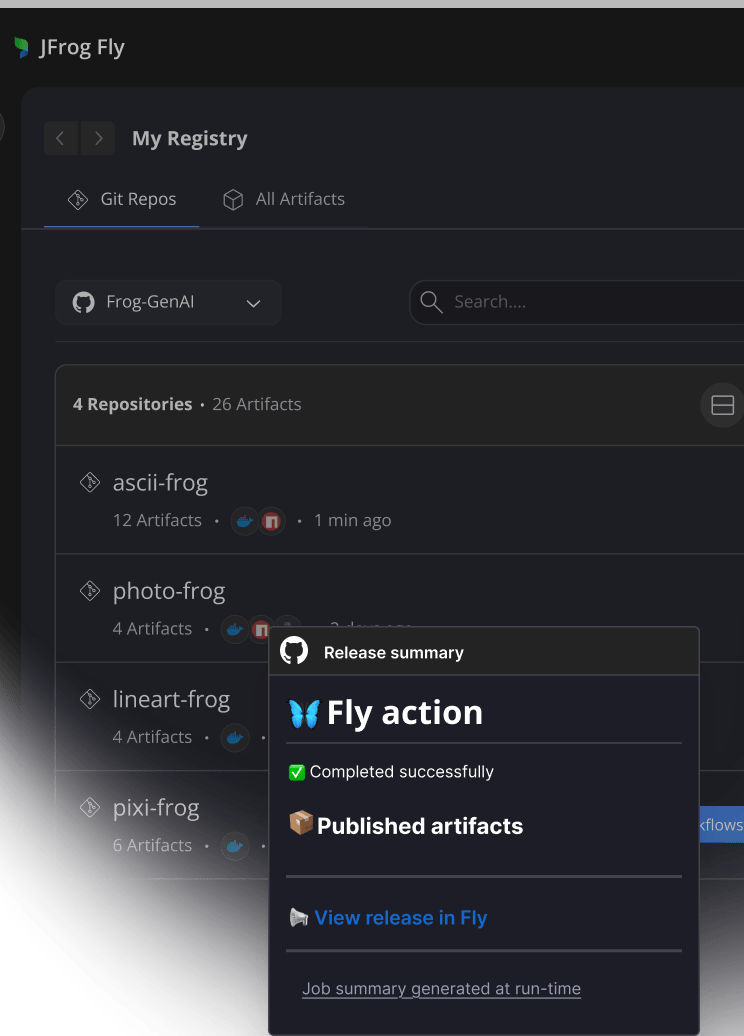
すべてのコンテキストを、一つの場所に。
PR・Issue・変更履歴・コントリビューター情報など、すべてがリリースに紐づいて
保存されるため、必要な情報にすぐアクセスできます。

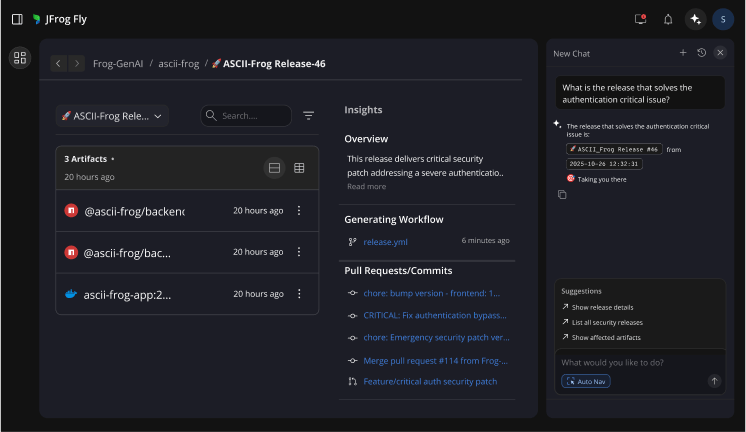
自律型リリースを、実現する。
コードからアーティファクトへ、そして再びコードへ ─ 真の“ソースから本番”までをつなぐ自律型フローへエージェントに必要なコンテキストを与え、リリースの意味(セマンティクス)に基づいて
あらゆる操作を実行できるようにします。

Fly は、あなたのワークフローにフィットします。
設定ゼロでセットアップ可能
インストールすればそのまま使える。ファイル編集も、パッケージマネージャーやIDEの設定も不要。手間いらず。


あなたのスタックで、すぐそのまま使える
GitHub

GitHub Action
Argo CD
MCP
kubernetes
Co-Pilot

Cursor
Claude

IDEから直接、ソフトウェアをデリバリー
チャットするだけで、ビルド、デプロイ、配布、
情報取得まで自律的に完了。
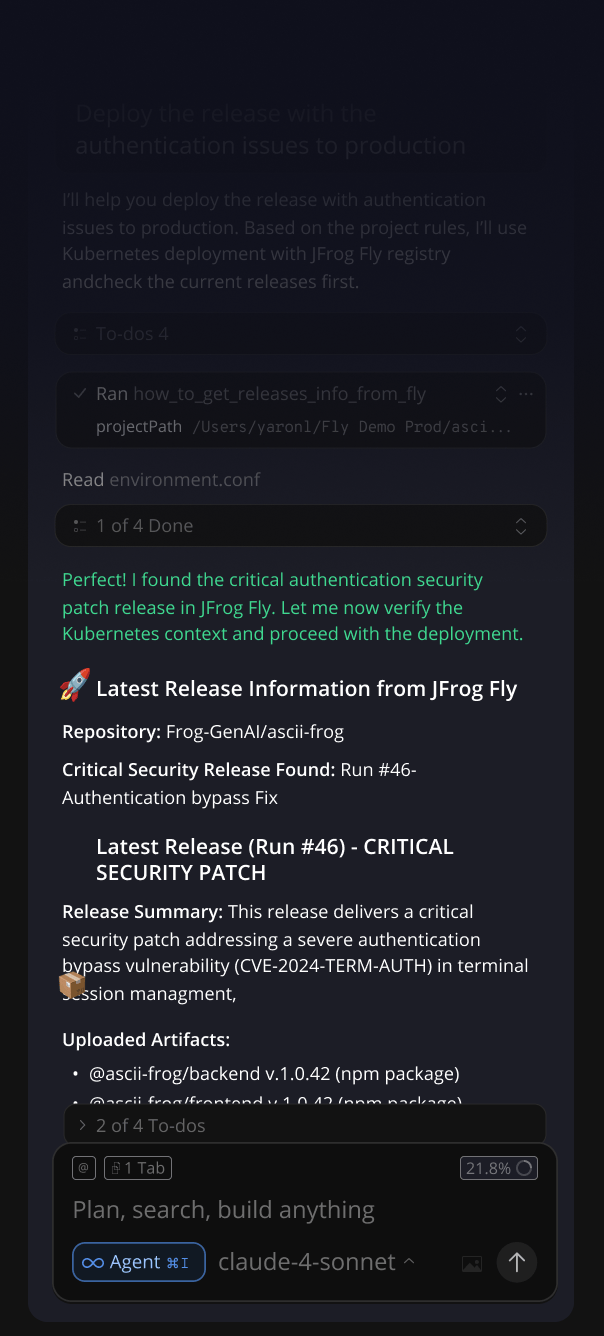

配布もデプロイも、もっと簡単に
トークンの悩みゼロ。
共有はスムーズに。
自動生成される読み取り専用トークンで、
クライアントアクセスを一元的にコントロール。

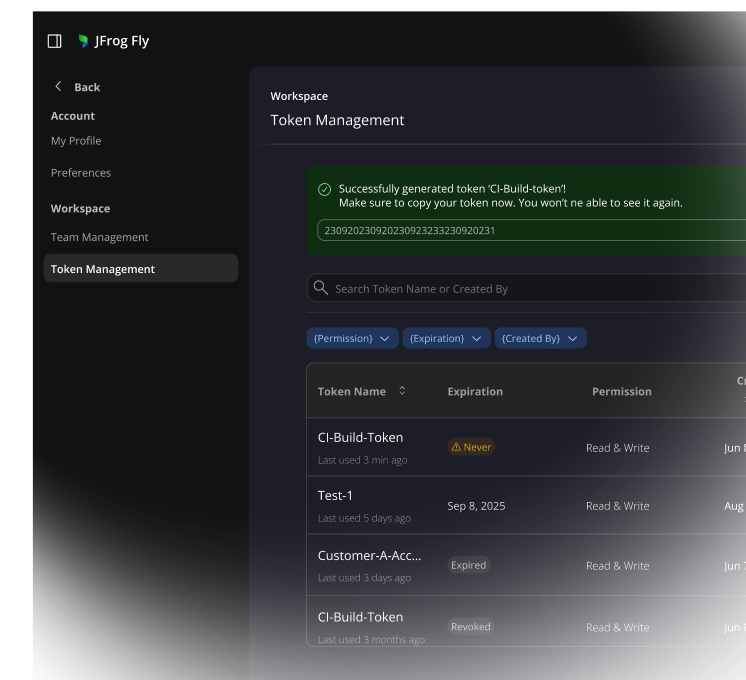
GitOps / K8s に即対応。
必要なアーティファクトを Fly から引き出すための
マニフェスト/設定ファイルを自動生成。

どんな環境にも、
パッケージをシームレスに配布
リリースを、ランタイム、チームメンバー、
顧客、パートナー、各種エージェントまで、必要な相手へ自在に共有。
-
JFrog FlyとJFrog PlatformまたはArtifactoryの違いは何ですか?
JFrog Fly は、小規模でAIネイティブな開発チームのために最適化されており、新しいAIネイティブ機能を多数搭載しています。JFrog Fly は、Artifactory を含む信頼性の高い JFrog Platform の基盤サービスの上に構築されています。
-
JFrog Fly は、どんな開発チームに最適なのでしょうか?
JFrog Fly は、モダンな開発チームのために、そしてその現場を知る開発者によって生み出された、AIネイティブ時代の新しいソフトウェア保管・配布プラットフォームです。SSO や高度な権限管理など、よりエンタープライズ向けの要件を持つチームには、JFrog Platform のフル機能版が適しています。
-
エージェント型リリースとは何ですか?
エージェント型リリースとは、自律的に動作するAIエージェントが、ソフトウェアのリリースプロセス全体を管理・オーケストレーションする仕組みです。エージェント型リリースを使えば、パッケージ保存、バージョン管理、パッケージのリリースへの紐付けといった作業を手動で行う必要がなくなります。自然言語で指示するだけで、エージェントがパッケージ/ビルド/リリースの状況を理解し、最適なアクションを自動で行ってくれます。
-
セマンティックリリースとは何ですか?
セマンティックリリースとは、自然言語でリリース内容をエージェントに記述し、その記述をもとにエージェントが適切なパッケージやビルドを収集・束ねて新しいリリースを生成する手法です。つまり、バージョン番号に頼ってリリース内容を特定・管理・構成する従来のやり方とは根本的に異なるアプローチです。
-
JFrog Fly のベータ期間はどれくらいですか?
JFrog Fly は 2026 年初頭に GA となる予定ですが、ベータ版で得られるフィードバックの内容によっては変更される場合があります。




